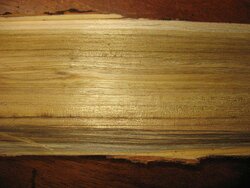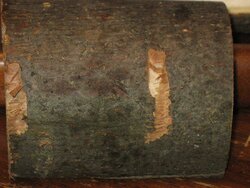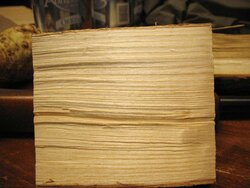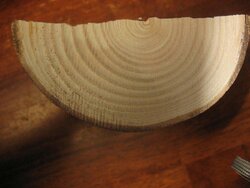Just got a load of rounds and big splits delivered. How much is there, and what is it? Pics are huge so you can see the wood grain.
Tell me how I did for $65. Full size bed that was actually bowed out a bit on the sides from carrying too much wood in the past. They unloaded about 10 small rounds off the back by the time I took this shot.

ID#1

ID#2

ID#3

Load piled on ground except for the row of lighter colored wood in the background I had them stack on top of last year's wood.

Tell me how I did for $65. Full size bed that was actually bowed out a bit on the sides from carrying too much wood in the past. They unloaded about 10 small rounds off the back by the time I took this shot.
ID#1
ID#2
ID#3
Load piled on ground except for the row of lighter colored wood in the background I had them stack on top of last year's wood.






